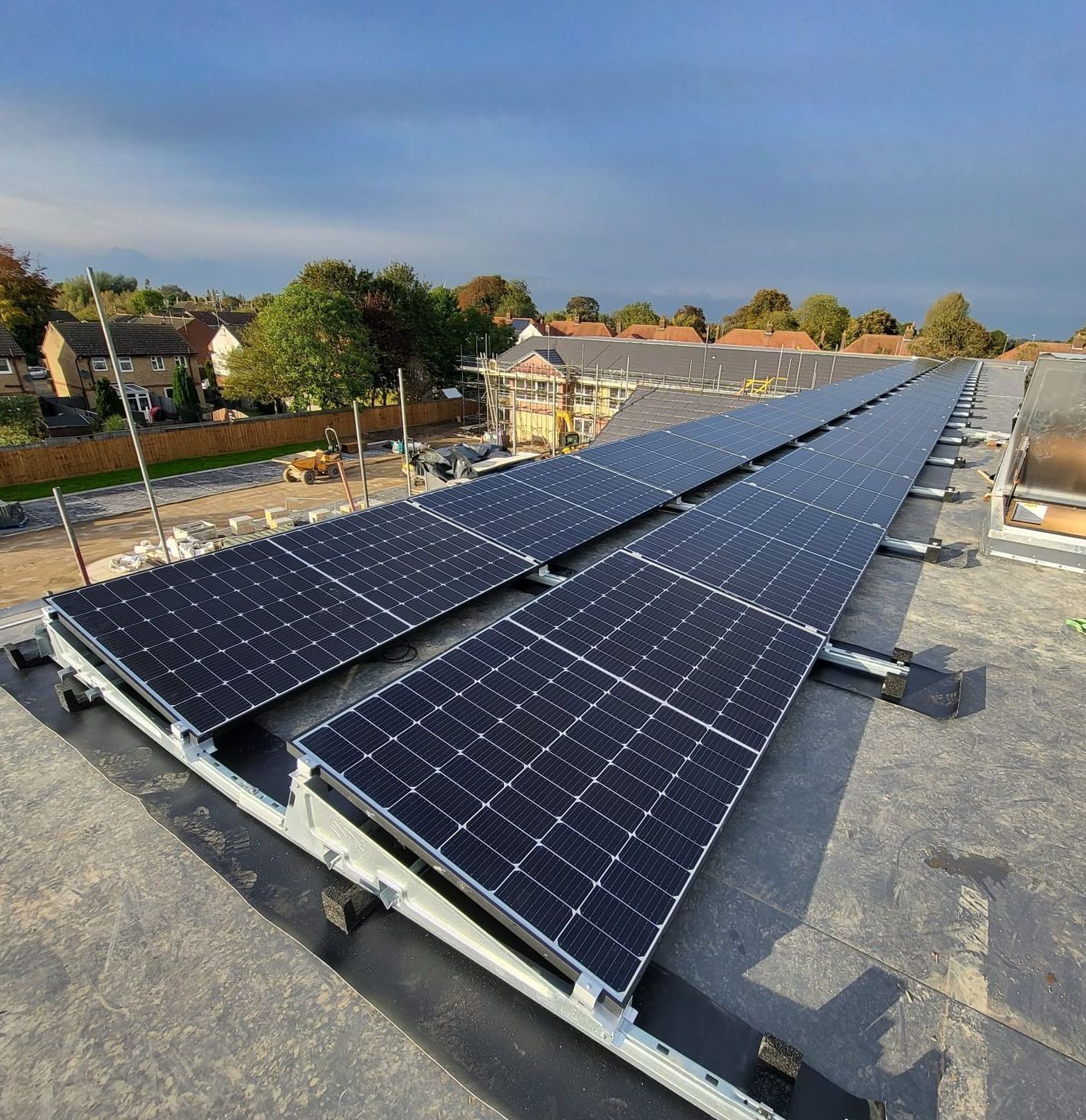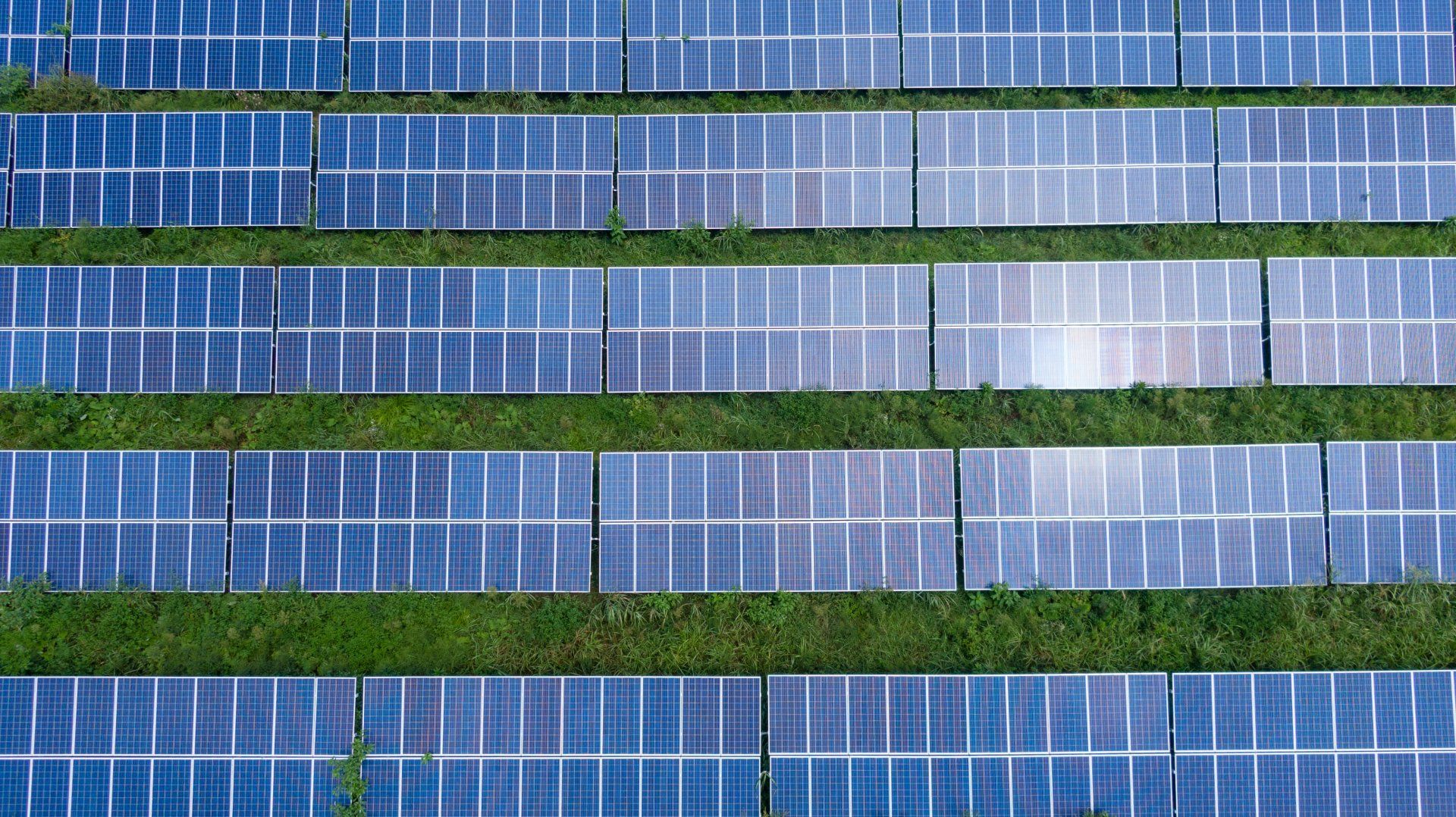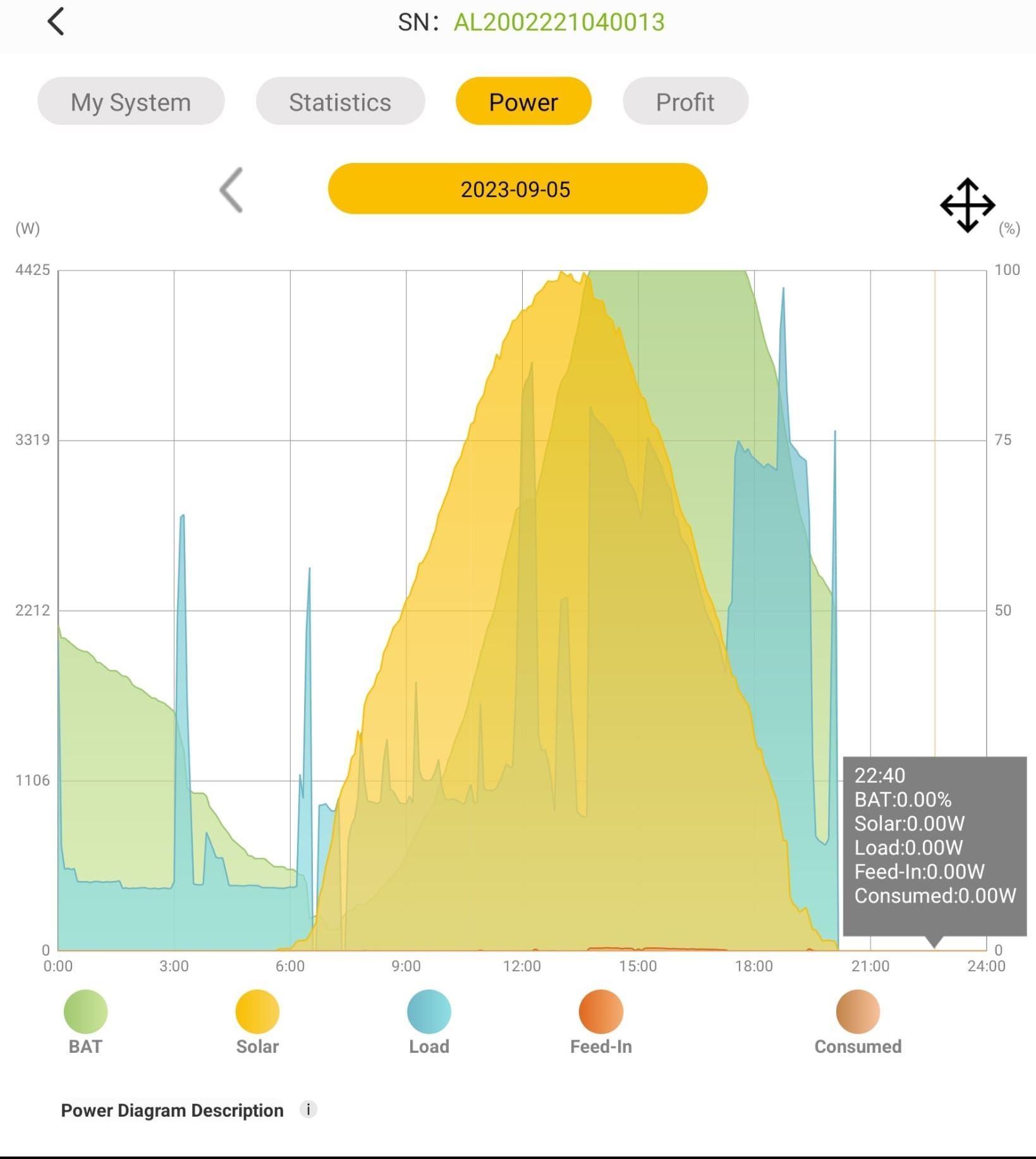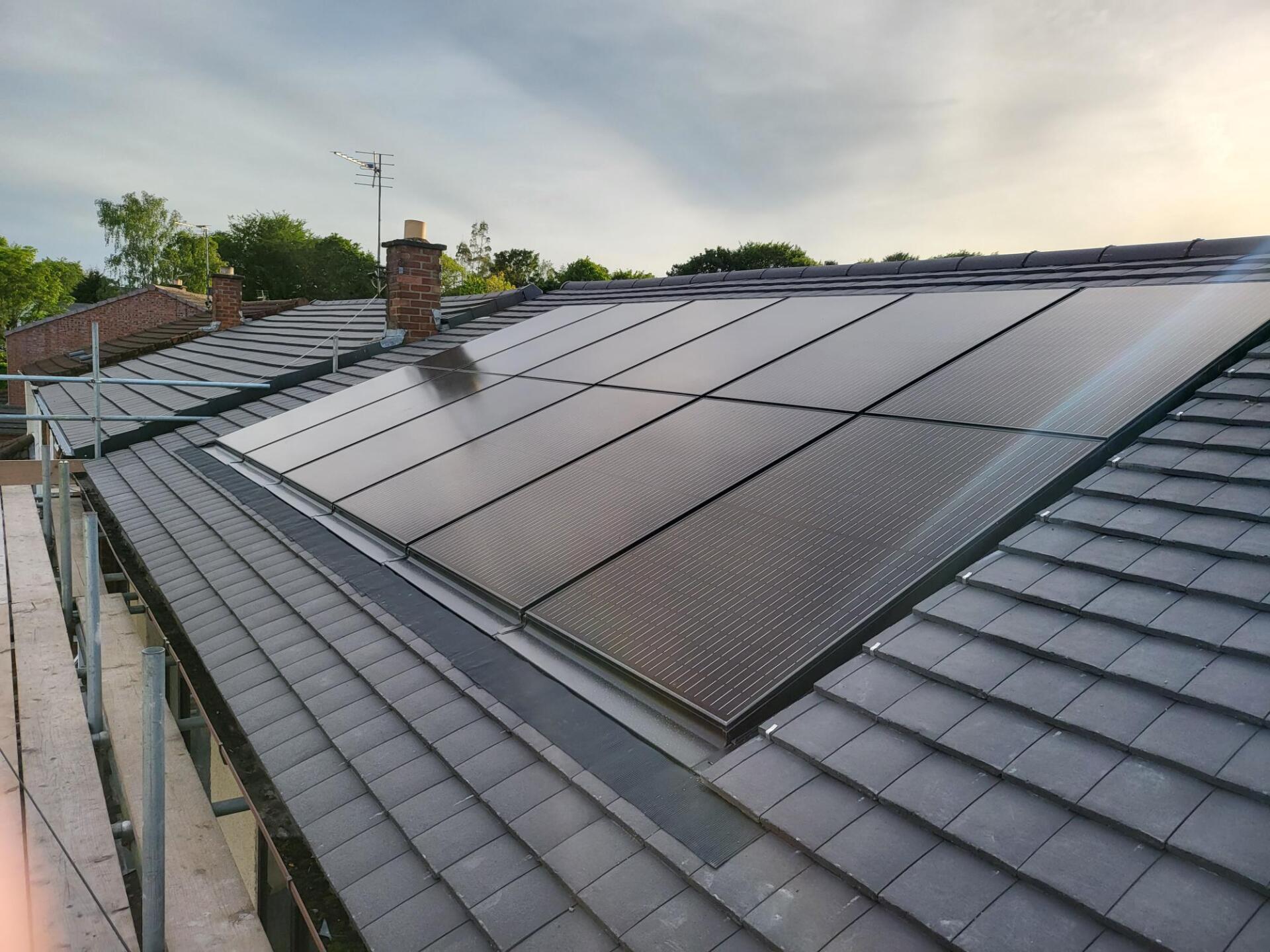Fire Safety-RC62
RC62-Ensuring a Safe and Reliable Solar PV Installation

Ensuring a Safe and Reliable Solar PV Installation: Best Practices
Installing a solar photovoltaic (PV) system is a significant investment, and ensuring its safety and reliability is paramount. A well-executed installation not only maximizes energy production but also minimizes potential hazards and extends the lifespan of your system. This blog post outlines key best practices for PV installation, drawing from industry standards and guidelines, to help you understand what to expect and ensure a top-quality installation.
Compliance and Expertise:
The foundation of any successful PV installation lies in adhering to industry regulations. All work should comply with the Microgeneration Certification Scheme (MCS) and the IET PV Code of Practice (or equivalent standards if outside the UK). Choosing qualified and experienced installation teams is crucial. These professionals possess the necessary skills and knowledge to handle the complexities of PV installations, ensuring compliance and safety.
Design Adherence and Manufacturer Instructions:
The installation process must strictly follow the PV system design. Equally important is meticulous adherence to the manufacturer's installation instructions. This includes specific guidelines for DC connectors, isolators, inverters, and PV modules. Ignoring these instructions can lead to performance issues, safety hazards, and voided warranties.
The Critical Role of DC Connectors:
DC connectors are a critical component of any PV system, and their proper installation is essential for preventing fires. Mixing connectors from different manufacturers is strictly prohibited by IEC 62548:2016 and IEC 60364-7-712:2017. Always use the connectors recommended by the panel manufacturer and ensure they are assembled according to the manufacturer's guidelines. This includes using the correct crimping tools, cable dimensions, and torque settings. System operators should maintain a stock of compatible spare connectors for future maintenance.
Preventing Common Installation Issues:
Several common installation mistakes can compromise the system's long-term performance and safety. Interim inspections during installation are vital to identify issues like pinched DC cables beneath modules, which can be difficult to detect later. DC connectors should be oriented horizontally, not vertically, to prevent water ingress. Securely positioning connectors off the roof surface further mitigates this risk.
Ensuring a Safe and Reliable Solar PV Installation
Proper cable management is crucial for the longevity and safety of the system. DC cable runs should be supported by designated cable management systems with drainage provisions. Cables should be secured to prevent excessive movement in the wind, but not so tightly that they cause stress. Avoid sagging or flapping cables, which can be damaged or create water pooling issues. Protecting cables from environmental hazards, like rodents and (in ground-mounted systems) livestock, is also essential. Consider using secure trunking or specialized armored solar cable in areas prone to animal damage.
Water and Environmental Considerations:
DC cables, while waterproof for a limited time, are not designed for prolonged submersion. Avoid cable runs where water pooling can occur, such as within framing extrusions or on flat roofs. In agricultural settings, additional precautions may be necessary to protect cables from animals.
AC Cabling and Spares:
All low voltage AC cabling must be installed in accordance with BS EN 7671 and its current amendments. It's also wise to consider including strategic spares at the time of installation to avoid having to use less suitable alternatives later.
Isolators:
Outdoor DC/AC isolators require careful attention. Ensure they have correctly torqued bottom entry glanded cabling to prevent water ingress and maintain a secure connection.
By adhering to these best practices, you can ensure a safe, reliable, and efficient solar PV installation that will provide clean energy for years to come. Working with qualified installers and understanding these key considerations will empower you to make informed decisions and protect your investment.






